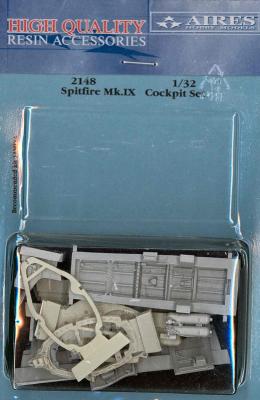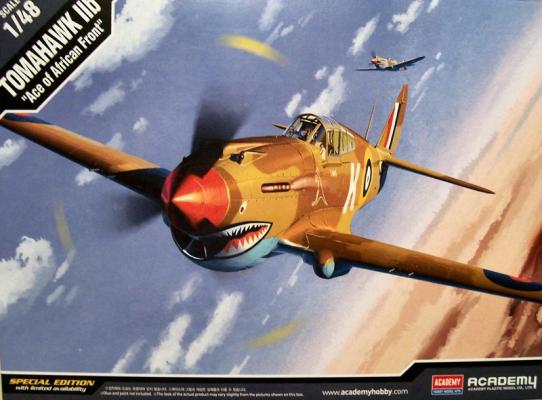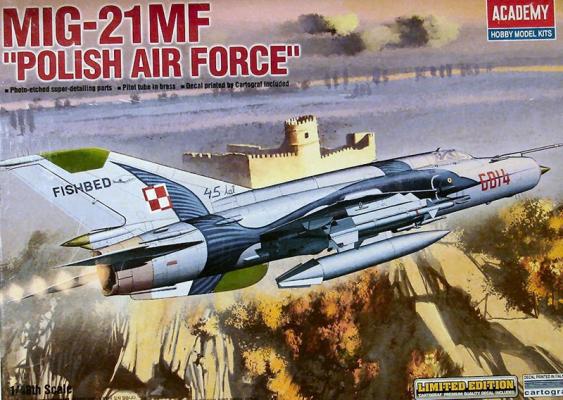The book is divided into 13 chapters with and introduction and 5 appendixes:
Appendixes
- Tabulation of Second Wave Dive-Bomber Attacks
- Abbreviations, Acronyms, and Japanese Terms
- Ships in Pearl Harbor and Vicinity
- The Perfect Attack
- Acknowledgments
This book is best described by as an analysis of the Japanese Pearl Harbor air raid on an operational and tactical level, using operational research methods and combat models developed at the US Naval War College.
Each chapter reviews what and how the Japanese military planners and the top commanders thought the primary goals were to be and how to accomplish those goals, filtered thru the mindset, doctrine and personal traits of the Japanese people involved.















